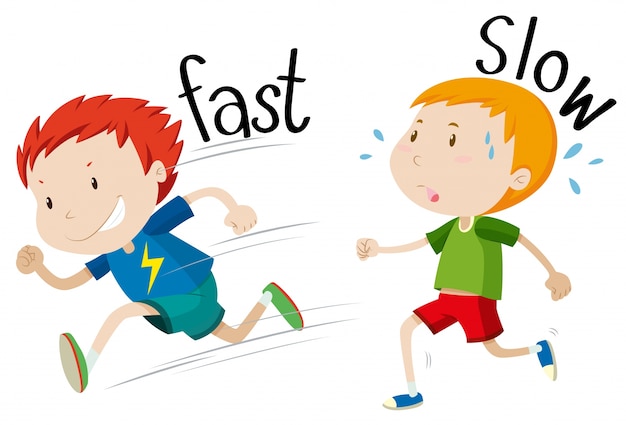
Running is a hugely popular exercise for many fitness enthusiasts. Whether you’re a long-distance runner prepping for marathons or someone looking to shed a few pounds and get in shape, running offers numerous benefits. It’s high-intensity yet relatively inexpensive. However, given its demanding nature, there are questions about the potential negative impacts it might have on your health. This article delves into the pros and cons of running according to various studies.
**Advantages**
1. **Weight Loss**
For those aiming to lose weight by running, there’s good news. A study published in Medicine and Science in Sports and Exercise, which analyzed six years of data from thousands of walkers and runners, found that runners tend to be thinner than walkers. This trend was even more noticeable in people aged 55 and older. Researchers believe that running might reduce appetite more effectively than walking, which could explain the weight management benefits.
2. **Reduced Risk of Disease**
Running can lower your risk of diabetes, heart disease, and high blood pressure and cholesterol, according to a study published in Arteriosclerosis, Thrombosis and Vascular Biology. These benefits stem from running’s ability to help maintain a healthy weight and strengthen the lungs and heart. It also increases bone density, especially in the legs, which can help prevent osteoporosis. Even running just eight times a month can raise bone mass density compared to not running at all.
3. **Healthy Joints**
Contrary to the belief that running damages the knees, recent research shows that running and walking have the same impact on joint health. In an experiment comparing walkers and runners, scientists measured the force exerted when the foot hits the ground, its frequency, and duration. While running does create more force, the foot hits the ground fewer times and for shorter periods, balancing out the overall impact on the knees.
**Disadvantages**
1. **Increased Risk of Injury**
Even though running doesn’t cause knee arthritis, its high intensity can lead to other injuries. Overuse injuries, which account for 50-75% of running-related issues, are common among inexperienced, competitive, or overly ambitious runners. Runner’s knee, caused when the kneecap doesn’t move smoothly, is a frequent problem. To prevent this, support your knee and consider running on softer surfaces like dirt instead of concrete. Proper running gear, especially good shoes, is essential to minimize joint stress.
Eating a balanced diet rich in fruits and vegetables can also help prevent injuries. Nutritional supplements can be beneficial but should complement a balanced diet, not replace it.
2. **Potential for Abuse**
Running can be misused as a form of punishment, whether by P.E. students running laps or dieters trying to “make up” for indulging. It’s also easy to push yourself too hard or run in harsh conditions, like extreme heat. Some people might even become addicted to the endorphins from running. To avoid these pitfalls, it’s important to run in moderation and not use it as a punishment.
3. **Lack of Entertainment**
Running can get boring, especially without the interactive or social aspects of other sports. This is particularly true for treadmill running. The monotony can make people view their running routine as a chore, leading them to quit. To combat boredom, runners often listen to music, choose scenic routes, or vary their trails.
4. **Higher Risk for Certain Diseases**
While running offers many health benefits, it can also increase the risk of certain illnesses. A study from the Medical University of Graz in Austria found that intense running can suppress immune function, making runners more susceptible to illnesses. Some runners might also be at a higher risk for skin cancer due to more sun exposure. However, this primarily applies to long-distance runners, and the overall health benefits of running may still outweigh these risks.